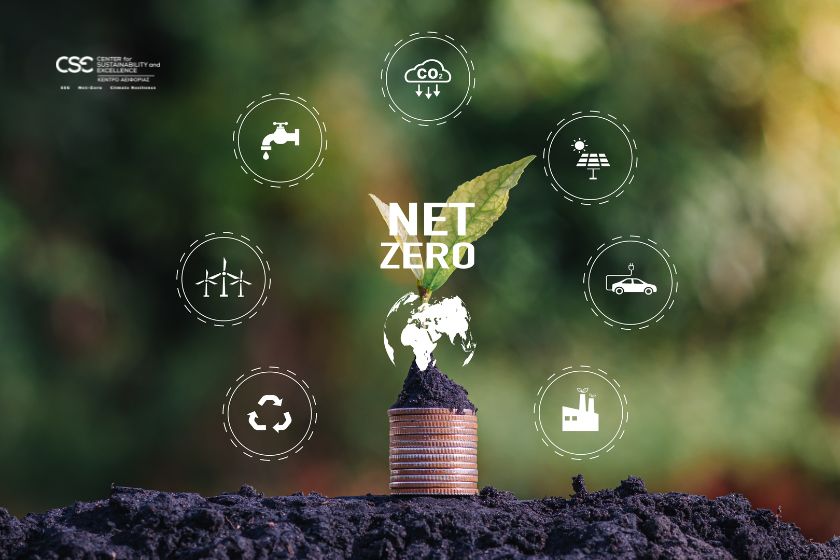What is Net Zero?
Net Zero refers to achieving a balance between the greenhouse gases emitted into the atmosphere and those removed from it. This equilibrium is reached through a mix of emission reductions and methods to absorb or offset remaining emissions, such as reforestation or carbon capture technologies. The primary aim of Net Zero is to eliminate the net release of carbon dioxide and other greenhouse gases, thereby mitigating climate change and its impacts.

Net Zero Impact on the Superyacht Industry
The superyacht industry, renowned for its luxurious yet energy-intensive vessels, faces significant challenges and opportunities on the path to Net Zero. Here’s how this shift impacts the industry:
- Technological Innovations: The drive for Net Zero will spur technological advancements in the superyacht sector. This includes developing and adopting alternative fuels like hydrogen and biofuels, electric propulsion systems, and energy-efficient designs. An example of this progress is Bill Gates’ hydrogen-powered yacht, showcasing the move towards zero-emission superyachts.
- Regulatory Compliance: Stricter regulations on emissions from maritime vessels, including superyachts, are expected from governments and international bodies. Compliance will require substantial investments in new technologies and retrofitting existing yachts with cleaner propulsion systems and energy-efficient equipment.
- Economic Considerations: Initially, transitioning to Net Zero may increase costs due to the need for advanced technology and sustainable materials. However, it can lead to long-term savings through greater energy efficiency and reduced fuel consumption. Additionally, Net Zero-compliant superyachts may command higher resale values and attract environmentally conscious buyers.
- Environmental Impact: Achieving Net Zero will drastically reduce the environmental footprint of the superyacht industry. This includes lower emissions of carbon dioxide and other greenhouse gases, mitigating global warming and improving air quality. Moreover, sustainable practices help protect marine ecosystems by reducing pollutants and waste.
- Market Dynamics: As the demand for sustainable luxury grows, superyacht manufacturers and owners who prioritize Net Zero practices will gain a competitive edge. This shift can open new market opportunities and attract clients who want to combine luxury with environmental responsibility.
In conclusion, the journey towards Net Zero presents both challenges and opportunities for the superyacht industry. By embracing technological innovations, adhering to regulatory requirements, and focusing on sustainability, the industry can significantly reduce its environmental impact and appeal to a new generation of eco-conscious luxury buyers.
Upcoming Open Event:
- Certified Sustainability (ESG) Program: September 5-6 & 9, 2024
For group registrations and early bird discounts contact [email protected] or [email protected]
For in-house training opportunities contact [email protected]






